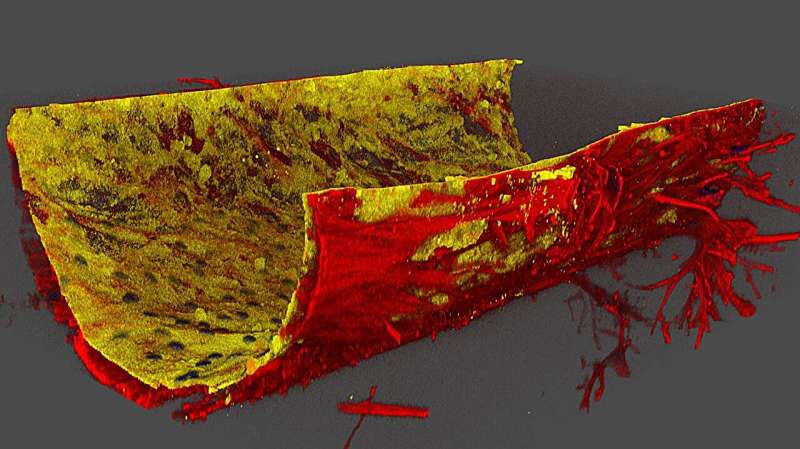Now, Cornell researchers have identified the signaling mechanism that triggers steroid-induced glaucoma by creating a 3D “eye-on-a-chip” platform that mimics the flow of ocular fluids.
The findings were published in Nature Cardiovascular Research. The lead author is Renhao Lu, Ph.D. ’24.
“Steroid-induced glaucoma is a major clinical challenge. There’s no targeted therapy. We just say you are unlucky,” said senior author Esak (Isaac) Lee, assistant professor of biomedical engineering at Cornell Engineering. “There is a clear, unmet need to better understand, and prevent, this major side effect of the steroid in the clinics.”
Glaucoma is typically studied in animal models and simple 2D cell cultures, but those approaches often fail to capture the anatomical complexity and responsiveness of the human eye.

